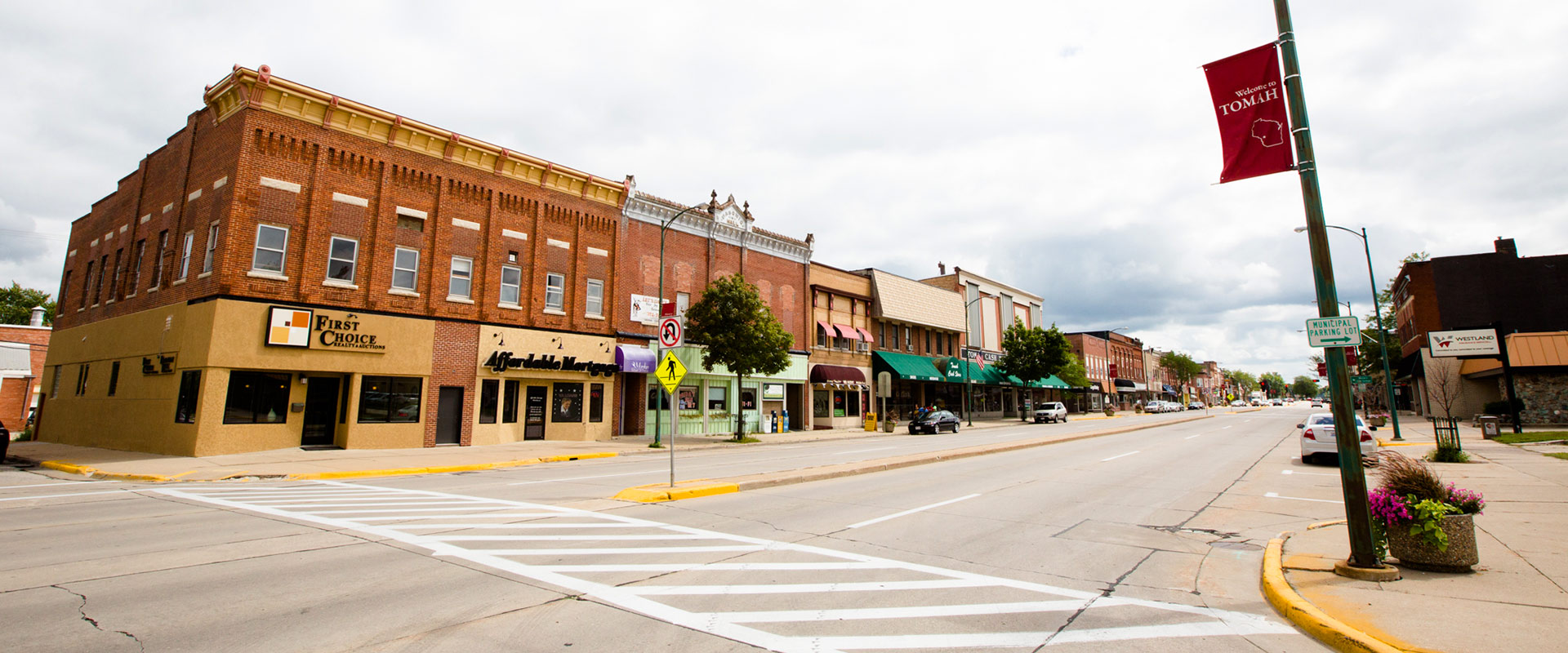Tomah, Wisconsin, often hailed as the Cranberry Capital of the World, is a picturesque town that embodies the rustic charm and natural beauty of the Midwest. As one traverses the rolling hills and verdant landscapes, the allure of this humble town reveals itself in a symphony of colors, textures, and aromas. The region’s rich agricultural heritage and its enchanting cranberry bogs beckon visitors not just for tourism, but also for a deeper understanding of sustainability and environmental stewardship.
Perhaps the most captivating aspect of Tomah is its robust cranberry industry. Established in the 1800s, the cultivation of cranberries has meticulously evolved into an essential component of the local economy and culture. The prominence of these tart, red berries is not merely anecdotal; Tomah is home to one of the largest cranberry-growing regions in the United States. The sight of sprawling bogs, their surface resembling a shimmering ruby carpet when flooded during harvest season, is nothing short of breathtaking. Tourists and locals alike revel in the ability to witness the harvest, which is a testament to the synergy between nature and human ingenuity.
In recent years, the environmental implications of cranberry farming have become a focal point for sustainability advocates. While cranberries are often lauded for their health benefits, one must consider the ecological footprint of their production. The bogs, rich with biodiversity, serve as crucial habitats for various species of wildlife. The cultivation process, particularly when approached with sustainable practices, can enhance the surrounding ecosystems rather than detract from them. Sustainable cranberry farming involves careful water management, integrated pest control, and minimal chemical use, all of which contribute to a healthier environment.
Moving beyond the cranberries, Tomah is replete with Midwest charm that captivates the heart. The town’s vibrant community is underscored by its commitment to preserving history and fostering a sense of belonging. The downtown area features quaint shops and artisanal cafes that echo the warmth of traditional small-town America. Exploring the local boutiques offers visitors an opportunity to discover unique crafts, local produce, and handmade treasures, all while supporting local entrepreneurs who prioritize sustainable practices.
The historical significance of Tomah is also worth exploring. The area has transformed over the decades, from its roots as a lumber town to a hub of agriculture and tourism. Landmarks such as the Tomah Area Historical Society provide rich narratives of the community’s evolution. By visiting the museum, one can delve into the past and appreciate how the town has adapted to changing times while preserving its distinctive character.
The role of the environment in shaping local culture cannot be overstated. Tomah’s geographical advantages—the convergence of rivers, abundant forests, and pristine skies—serve to enhance the well-being of its residents and visitors. Outdoor enthusiasts are inevitably drawn to the area; hiking, biking, and bird-watching are just a few of the activities that encourage exploration of Tomah’s natural bounty. The adjacent Mill Bluff State Park offers hiking trails that reward adventurers with panoramic views of the serene landscape.
Moreover, the town’s commitment to environmental conservation is encapsulated in its various community-led initiatives. Events such as Earth Day clean-ups, tree-planting days, and awareness campaigns serve to galvanize community engagement. Such endeavors foster a sense of responsibility among residents, encouraging them to participate actively in sustainability efforts and promote ecological literacy.
The impact of climate change is a pressing concern for many communities, including Tomah. As the region grapples with shifting weather patterns, local farmers have begun to adapt farming techniques that aim to mitigate these risks. Emphasizing sustainable agricultural practices can serve not only as a bulwark against climate change but also as a beacon of hope for future generations. The resilience of the cranberry farmers, who have weathered adverse conditions, speaks to the necessity of innovation and adaptability in agricultural practices.
Culinary experiences in Tomah offer yet another layer of appreciation for the town’s character. With a focus on local produce, restaurants highlight the region’s agricultural richness. Dishes featuring cranberries are a must-try, showcasing how this humble fruit can elevate any meal. The farm-to-table movement has found a welcoming environment in Tomah, where local chefs collaborate with farmers to create exquisite meals that celebrate the region’s unique flavors.
As one wanders through the scenic paths and vibrant local establishments, it becomes evident that Tomah, WI, is more than just a statistical reference point in cranberry production—it is a community firmly rooted in its environmental heritage while also being forward-thinking and globally aware. Residents and visitors alike are continually inspired to reflect on their relationship with nature, striving to make choices that honor the land and the resources that it generously provides.
In conclusion, Tomah embodies the quintessential blend of Midwest charm and environmental consciousness. The town stands as a reminder of the delicate balance between agricultural success and ecological integrity. Whether relishing the sight of flooded cranberry bogs, participating in community initiatives, or savoring a meal made from locally sourced ingredients, there is a sense of belonging and purpose that resonates throughout the town. A visit to Tomah not only piques curiosity about its natural wonders but also fosters a profound respect for the intricate web of life that sustains us all.
